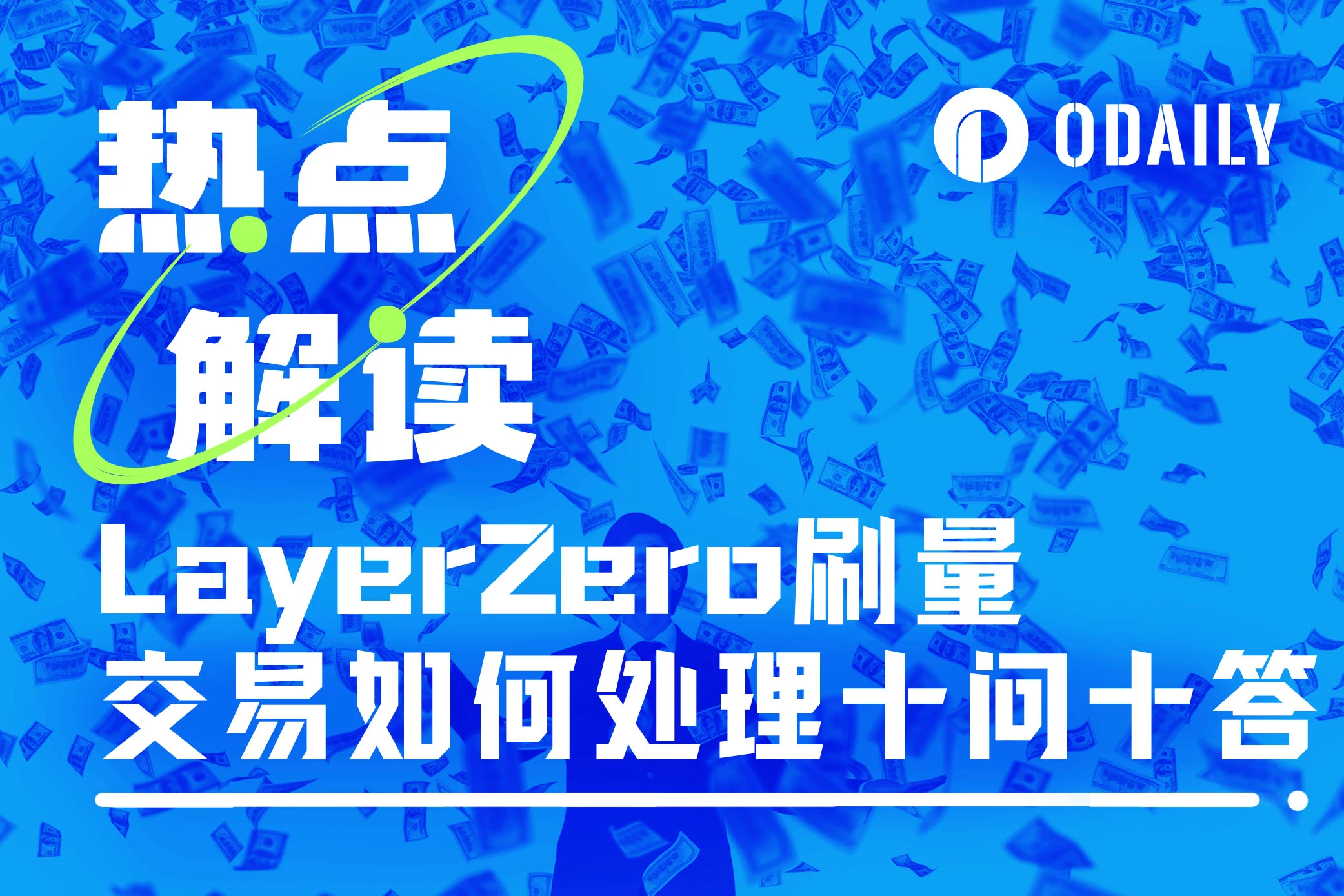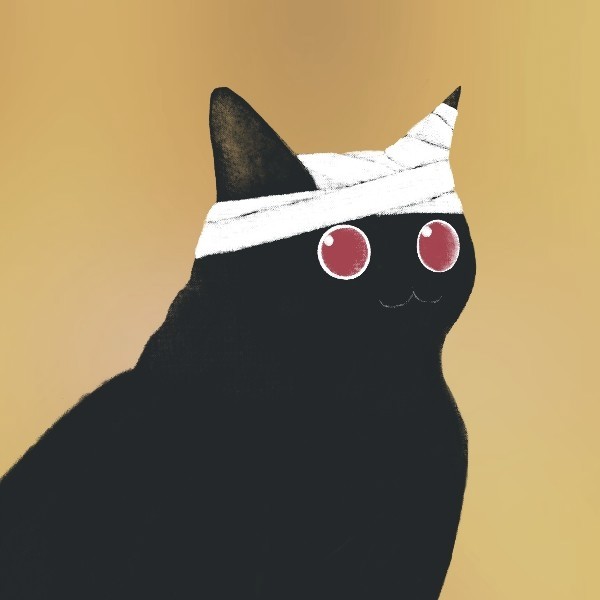Original | Odaily Planet Daily
Author | Nanzhi

LayerZeros Sybil review is still in full swing. According to LayerZero co-founder Bryan Pellegrino, the final list of Sybil addresses is expected to be announced by the end of June. Today, Bryan answered questions about Sybil attacks and low-value transactions on the X platform . The full text is compiled by Odaily Planet Daily in the form of QA.
Review criteria and ultimate goal
Before answering the users question, Bryan Pellegrino first defined what spam transactions are (referred to as low-value transactions in this article) and how to handle and incentivize these transactions. The original text is as follows:
Heres how we think about eligibility right now from a broad perspective. The focus is obviously on real users, and the most consistent, most persistent users that are the fairest and most widely distributed.
This is largely inspired by the results of the witch process, and any real final definition will come directly from LayerZero, not me.
The initial number of wallets is 6 million, and 3 million wallets have less than 5 transactions, so these wallets should be seriously considered. All transactions below $1.00 are downweighted by 80%, but still calculated at 1/5 of normal transactions, and the same is true for all worthless NFTs.
Here, the definition of valueless NFT is that the market value or total transaction volume is less than 0.00001 ETH . For example, Gas drop type transactions are also counted as valid transactions.
Transactions are then normalized based on specific protocol fees (not the fees of the underlying blockchain on which the transaction is based). The minimum value of the processed data is the qualification standard, and there is also an upper limit. Finally, a multiplier will be obtained based on early usage.
In general: eliminate witches, eliminate junk transactions, capped semi-linear rewards , reward early users, reward persistent users, reward all non-standard protocol interactions such as LP through RFP, etc.
(Odaily Note: RFP is an allocation protocol launched by LayerZero that allows each project to establish its own allocation criteria based on its overall token allocation. All projects with OApp, OFT or ONFT contracts on the mainnet are eligible to apply for RFP.)
QA Collection
Bryan Pellegrino answered some of the detailed questions one by one, and the key points are summarized as follows:
Liquidity Provider Incentives
Q: Liquidity pools are important and they should be rewarded. If someone adds LP for more than a week it is 99% likely not Sybil.
A: Incentives (for liquidity providers) will be taken care of by the RFP.
Definition and treatment of valueless NFT
Q: I created an NFT on Holograph last May, and it cost me 0.003 ETH, which is a worthless NFT, and obviously it has no price. But I like the NFT I created, and I was one of the first people to try to use L0 cross-chain NFT.
A: These transactions were initiated to use our cross-chain system, and if it were easy to distinguish this from the millions of “valueless NFT” transactions, I would be happy to do so.
I want Holograph to reward creators in the RFP. Thats why we have an RFP process.
(Odaily Note: This answer means that this category still belongs to low-value NFT and is not within the scope of LayerZeros official direct airdrop. At most, it can be incentivized through RFP .)
Gas Drop Calculation
Q:To be honest, you have integrated more than 50 chains, but 90% of the Refuel fees are less than 1 USD, the value of each tx is reduced by 80%, and you have punished a lot of users.
A: I think this is a perfectly valid criticism, and it’s part of the reason I’m commenting publicly. The original post talked about Stargate and OFT transfers, and each Sybil cluster we reviewed had countless txs from $0.001 to $0.25. I don’t know much about Gas Drop data, but we’ll have to evaluate.
(Note: Gas Drop is Gas refuel, which is usually to replenish Gas fees to other accounts at a low cost. This section means that Gas Refuel operations will be included in the incentive range, but will usually be discounted.)
Discount calculation method
Q: If I have about 130 Layerzero transactions, of which I have about 10 worthless NFT transactions, is the entire address discounted 80% or is it just the 10 worthless transactions that are discounted.
A: Only those 10 trades, not all of them .
Valueless NFT Definition
A: Market value or total transaction amount at the time of snapshot (lifetime traded value)
How to deal with worthless NFTs and high protocol fees?
Q: If I spend money on a worthless NFT transfer, will it be discounted?
For example, I transferred 5 worthless NFTs and I paid a $50 fee to the protocol; is my fee now $10?
A: Valueless NFTs are 20% of normal transactions, so you can think of a $1 fee as now worth $0.20 across the entire model.
What does downgrade calculation mean?
Q: What does dweight 80% mean?
A: A normal transaction costs $1 in fees which is worth $1. If you send $0.01 back and forth across chains, then each transaction is calculated as 0.01 × 20%.
How are LayerZero contract deployers incentivized?
A: There are nearly 60,000 contracts deployed, which is what the RFP is built for and why there is a dev split in the RFP process.
(Odaily Note: This means that you must apply through the RFP to receive the incentive.)
Agreement Fee Meaning
Q: If you bridge STG via stargate, there will be no protocol fees?
A: There are no Stargate protocol fees, but there are LayerZero protocol fees (for DVN and executors). That is what the fees are, not Stargate or other application fees.
How to measure trading volume?
Q: Wasn’t volume an important part of all the previous discussions? Why was it removed?
A: Transaction volume is the criterion for a Stargate RFP or OFT, but from a LayerZero perspective, all messages are more or less equal. That’s why sending $100 or $100,000,000 in OFT costs exactly the same .
Q: Think about it, if we assign the same value to a transfer of $100 and $100,000,000, then even a transfer of $0.000001 should have the same weight because “all messages are more or less equal”.
A: Yes, in an ideal world of equal use, this is not needed, especially since there are a lot of low-value transactions of the $0.001 - $0.20 type just spinning in circles, and a lot of worthless NFT transactions just to generate tx. I think anything with a reasonable use should be treated as a normal transaction, and anything obviously inorganic should be weighted less.
in conclusion
In a nutshell, NFT transactions with a transaction amount of less than $1 and a value less than 0.00001 ETH will be considered low-value transactions (Spam), and their weight will be reduced to 20% when calculating incentives, but it will not affect the weight calculation of other normal transactions. Finally, a semi-linear distribution (semi-linear with upper bound cap) will be made based on the protocol fees paid.
In addition, early users will receive additional incentives, and non-standard LayerZero transactions such as providing liquidity will be handled separately by RFP.










